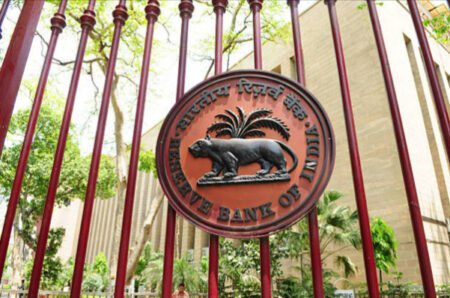Market began the week with a bearish wave but appeared to be regaining its lost ground as tensions between Russia-Ukraine began to de-escalate. While the worst may seem to be over, a prolonged rise in inflation could be lurking around the corner as multiple sanctions placed on Russia have sparked an unbridled rally in commodity prices.
India, though is better equipped, is certainly not immune to these events. According to third-quarter GDP statistics, Indian industry grew at a tepid rate, mainly attributed to sluggish domestic demand.
Slower government investment and weak rural demand hampered growth, with agriculture being a key dragger as it recorded the lowest growth over the previous 11 quarters. In fact, as a huge portion of our population is battling with stagnating or decreasing incomes and rising living costs, the present visible private demand is emanating from the top of the pyramid.
This, coupled with sustained high inflation, may indicate the evolution of a stagflation situation where the economic growth momentum slows.
If the un-abating rise in commodity prices were to go on, it would force the companies across sectors to pass on some hikes to the end consumer to protect their margins. This would prove to be a double whammy for them as the price increases can dent demand, impacting top-line along with the already trimming bottom-line.
This may eventually cause a slowdown even in corporate earnings growth trajectory resulting in more earnings downgrades than anticipated.
Only time will tell the consequences of the war, investors must remain cautious of the potential macro challenges India may face. Considering this backdrop, investors can consider being overweight on sectors which are inflation and demand resilient.
HOW IS THE INDIAN MARKET DOING?
The Sensex opened for trading with a loss of 1,800 points. All sectoral indices are in the red with IT, telecom, realty, auto and metal stocks trading with a loss of up to four per cent. Tata Motors was trading with a loss of 6 per cent, RIL 3.5 per cent, TCS 2.86 per cent and HDFC Bank 2.85 per cent.
Small-cap index shed 4.27 per cent due to heavy losses in the category.

“The growing concern surrounding the deteriorating Ukraine crisis has pushed the stock markets into correction mode. The near 20 per cent decline from the peak in NASDAQ is a clear indication of the correction that has set in.
Also, the safe haven gold shooting to $1913 is a reflection of the risks arising from the crisis,” said V K Vijayakumar, chief investment strategist at Geojit Financial Services.
What should investors do?
Analysts suggested that investors should stay invested if they have a long-term investment plan and mutual fund investors should continue their SIP plan without breaking the investment.
On the other hand, the big correction will give an opportunity to investors to pick up good quality stocks at attractive levels.
“Investors should wait and watch the unfolding situation before taking up any major commitments. Buying should be confined to stocks segments which are valued or have good earnings visibility,” Vijayakumar said.
What are the risks ahead?
If the Ukraine crisis escalates further, the market is likely to take further beating as oil prices are expected to remain at an elevated level. While the US Federal Reserve is also meeting next month to take a decision on hiking interest rates and tightening liquidity, there are expectations that the Fed may not go in for a steep hike or tightening.
Another worry is the impact of rising crude oil prices on the Indian economy at a time when inflation is at the six per cent level, above the RBI’s upper band.
Prices of equities and other asset classes have softened a lot since the news of war broke out. Bond yields have spiked, gold and other precious metals are trading at a premium, and equities are getting deeply discounted.
Since the markets have fallen due to uncertainties brought by the Russia-Ukraine war, nobody knows when the market will rebound. So, the best approach would be to invest in a low-risk debt fund or ETF and then use a systematic withdrawal plan (SWP) to transfer funds into your equity funds at a specified date rather than going all-in.
While it is true that deep market corrections provide an investing opportunity, it only works if one invests for the long term.
Published By – Damandeep Singh
Edited By-Subbuthai Padma













